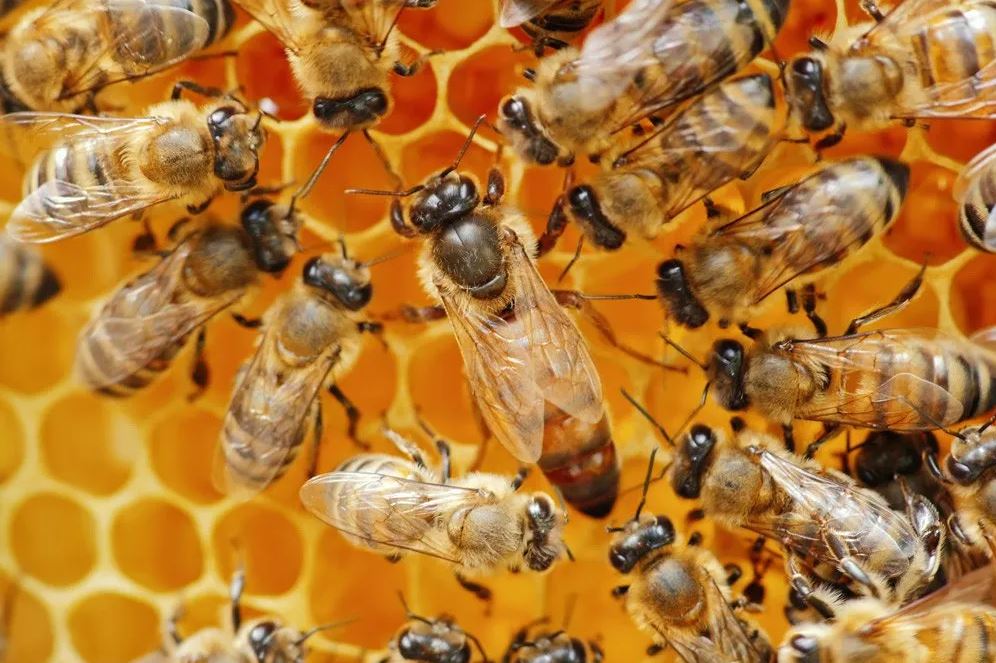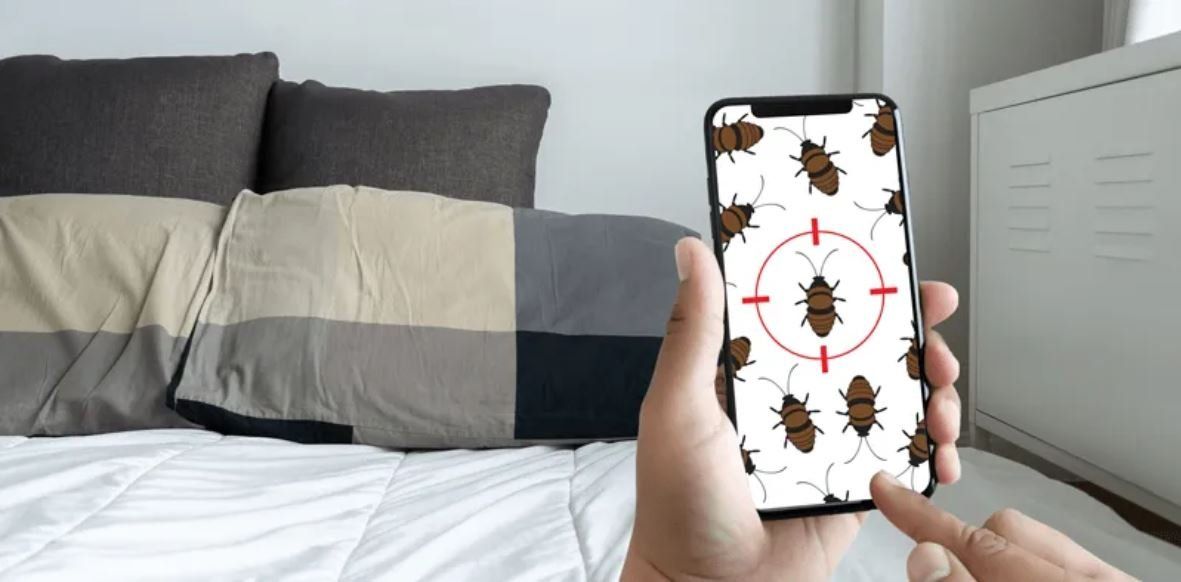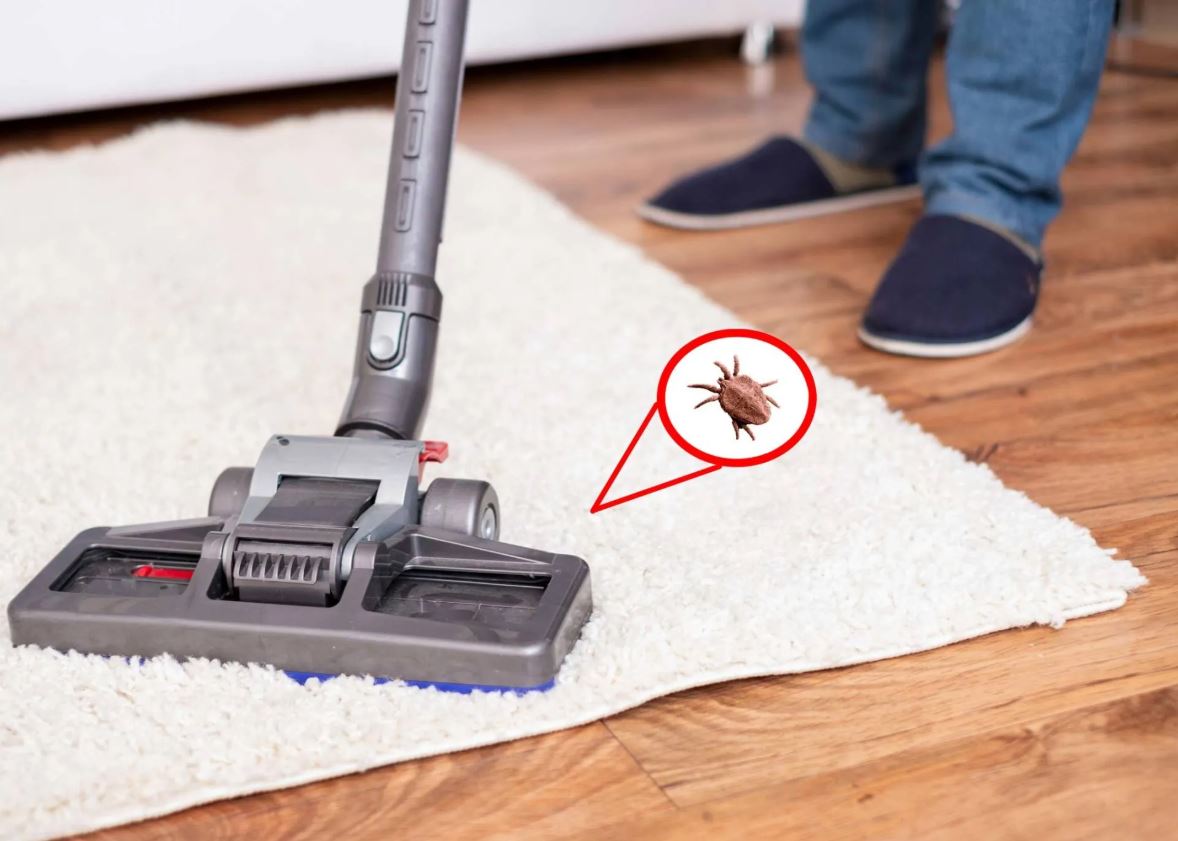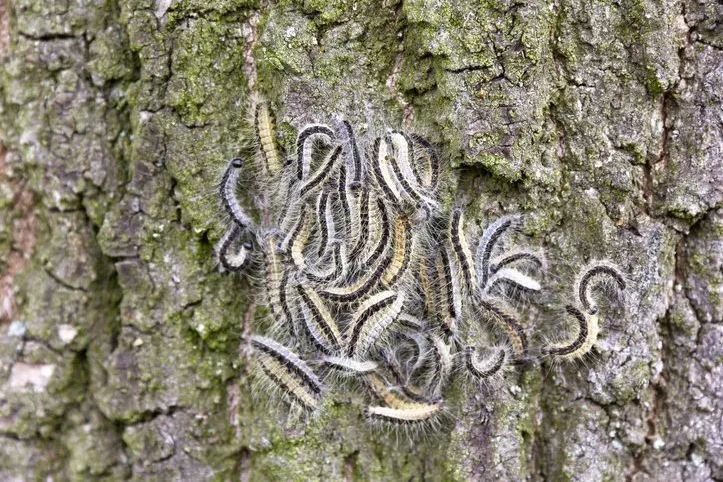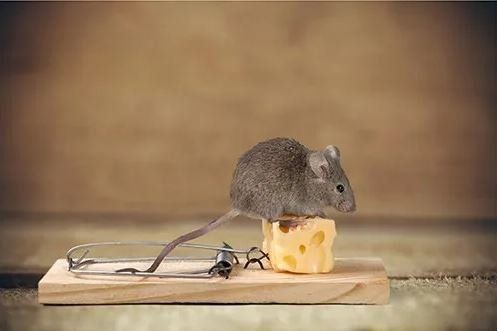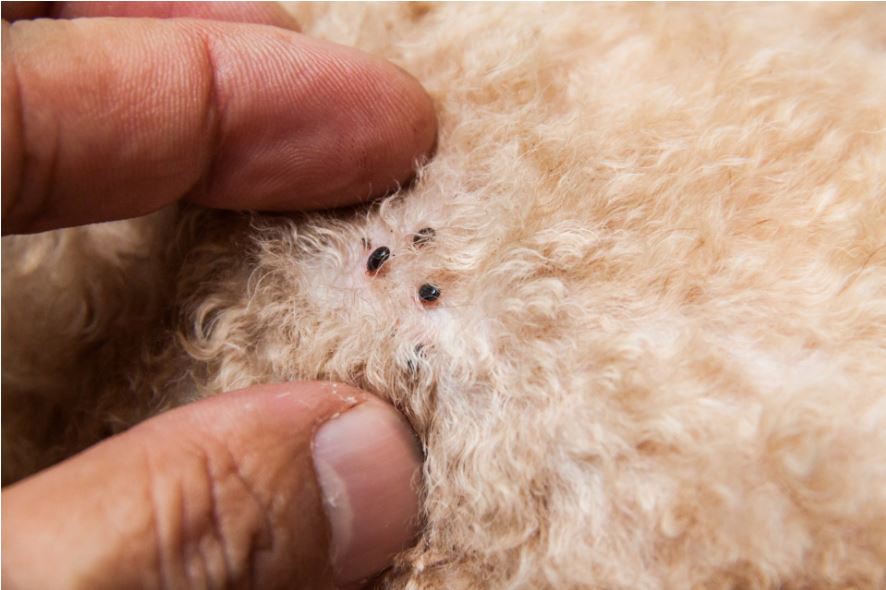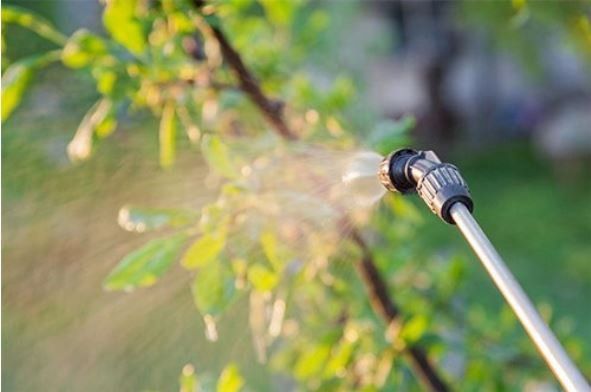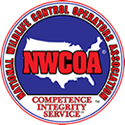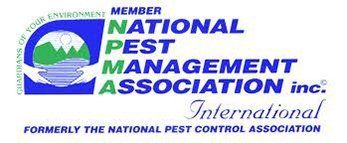MONTEREY BAY
PEST CONTROL INC.
LOCALLY OWNED AND OPERATED
Blog Layout
Pest Prevention Tips for Garages and Outbuildings
Admin • Dec 01, 2019
Pests can easily make their way from the yard and garden into your garage or shed. This invasion can be a nuisance, especially if the garage is attached to your home. Although pest control for your garage is similar to pest control for your home, there are a few special considerations to keep in mind. Doing so will ensure your success at preventing or eradicating these pests.
Exclusion Tactics
Exclusion is the best option simply because it means the pests never find a way into the building in the first place.
Holes
Holes and gaps may be intentional, such as where pipes enter the building, or they could be the result of wear and tear. Mice, for example, can fit through holes as tiny as a nickel in diameter, and insects may be able to squeeze through even smaller openings. Cover holes and cracks with fine steel mesh and then caulk over the opening. The pests can't chew through the metal and this should effectively block off these points of entry.
Seals and Vents
Weatherstripping around doors and windows that's not in good condition, as well as the vents on the roof or walls, can all provide access for unwanted pests. Verify that all vents are equipped with exclusionary screen caps, and replace any missing or damaged screens. Replace any damaged or missing weatherstripping, as well. As for overhead garage doors, installing a threshold seal along with seals around the perimeter of the door can keep out pests.
Environmental Control
You can further discourage pests by minimizing the things that draw them indoors in the first place.
Food and Water Sources
Most animal and insect pests enter a garage in search of food and water, so they may not stick around if they can't find any. In a shed or garage, food sources can include pet food and birdseed, garden and lawn seed, garbage cans, or even papers and cardboard. Store items in tightly sealed, chew-proof containers. Also be sure not to leave standing water, such as in a pet's water bowl, out overnight.
Nesting Sites
If you notice a larger infestation in the fall and winter, then the pests may be seeking out shelter. Sheds and garages can provide a plethora of good nesting sites. Roaches, for example, often nest in old papers or cardboard. Rodents may be attracted to rag piles or boxes of stored clothing. Keep your outbuildings neat and store items that may attract pests in sealed plastic tubs that the pests can't easily access.
Treatment Options
Prompt treatment as soon as you notice the pest problem is the key to eradicating the infestation before it spirals out of control.
Identification
Before you can treat the pest, you must first identify it. Initial efforts focus on looking for nests, droppings, or castings such as insect exoskeleton sheds. Many pest control companies use exploratory baiting or trapping if the damage doesn't make the pest type obvious or if you can't find other signs of the pest's presence.
Exploratory traps typically consist of a glue trap placed on typical travel paths or baited traps if you have a suspicion about the type of pest already.
Treatments
Treatment options are specific to the pest and the situation in your home. If you have pets or children, you want to ensure the chosen treatment is safe for them. An environmentally safe option is also typically preferred, especially around garages or sheds where the pesticides are more likely leach into the yard or garden.
Make a list of your concerns and requirements before meeting with a pest control service so you can work together to develop a treatment plan.
Contact
Monterey Bay Pest Control Inc. for more help.
By Admin
•
01 Oct, 2019
If you want to better protect your home from bug invasions, check out these four common types of pest control methods, and choose the best option for you.
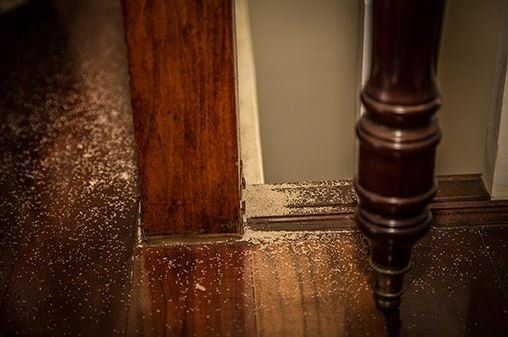
By Admin
•
22 Oct, 2018
Several types of termites invade California homes, including drywood, dampwood, and subterranean termites. Termites destroy structures, fencing, food, and household furnishings. So if you want to protect your property, you need to be vigilant. Here are three ways to put up an effective fight against termites for your home and belongings. 1. Remove Termite Attractions From Your Property Termites colonize an area because the area provides something that the termites need. Two of the primary needs of termites are moist soil and wood. If you have any leaks, puddles, or damp spots below your woodframed home, you have everything a pair of termites needs to create a whole new colony. Wet or rotting wood is also an attractant for termites. Termites can digest structurally sound wood, but they have an easier time eating wood that's crumbling due to fungal infestation. Clean up all sources of moisture around your yard and underneath your house, decks, and porches. Have a plumber repair pipes, and fix drainage issues that make water pool near your home's foundation. Pick up rotting wood, and have bad wood replaced in your home. Also, don't allow wood framing members to be within 12 inches of the soil at any point. Remove wood mulch and all woody plants away from the edges of your home's foundation to a distance of at least a foot away from your home. 2. Know the Signs of Termite Infestation Many homeowners are unaware of the first signs of termite colonization. By the time homeowners notice a serious termite problem, their homes are hosting several gigantic colonies of subterranean termites. You can completely avoid a termite surprise by having your pest control professional inspect your home once or twice a year. If you want to keep an eye on your own home and inspect the premises yourself, understand that destructive subterranean termites climb up from the soil to reach the wood in your home. The termites don't like to be seen or exposed to the air, so they build mud tubes from the ground level up to your floor joists. Mud tubes may be colored sandy, reddish, or dark brown depending on the soil available to the termites. The subterranean-termite tubes can be found on piers, basement walls, crawl-space foundations, and posts. Tubes lead from the colony and soil surface up to structural wood. Other signs of termite damage near wood include: Piles of sawdust or pellet-shaped droppings Entry holes in wood Blistering of outer wood surfaces Darkening or staining of wood grain Hollow sound to wood when rapped In autumn and spring, termites swarm away from their home colonies to develop new colonies nearby. You may see swarms of both ants and termites in fall and spring months. These termites have lacy, fragile wings and slim, dark bodies. A termite swarm indoors indicates that your home has one or more colonies of termites eating away at the structural members of the house. 3. Seek Help to Eradicate and Repel Termites Serious remedies are needed to combat termite infestations in homes. If you suspect your home has been infested with any type of termite, contact a qualified pest control company to confirm your suspicions. Treatment of your home will depend on the type of termites infesting the wood. Drywood termites are often eradicated by fumigating the complete home. Some homes are tented and heated to kill termites. Spot treatments and soil treatments are also options for subterranean termites. You may need to schedule more than one pest-control treatment to get rid of a heavy termite infestation. Your pest control company will monitor your home to check for re-infestations after your home is treated for termite problems. If you see autumn swarms or other signs of termites in your house, schedule an inspection of your home by the experts at Monterey Bay Pest Control Inc. Since 1950, we've provided effective termite control for homeowners throughout Monterey County, California.
Phone:
Mailing Address:
PO Box 810 Seaside, CA 93955
Two addresses to serve you better:
Monterey Bay Pest Control
1997 Del Monte Blvd. Seaside, CA 93955
Monterey Bay Pest Control
4041 Soquel Dr. Ste 320
Soquel, CA 95073
Content, including images, displayed on this website is protected by copyright laws. Downloading, republication, retransmission or reproduction of content on this website is strictly prohibited. Terms of Use
| Privacy Policy
